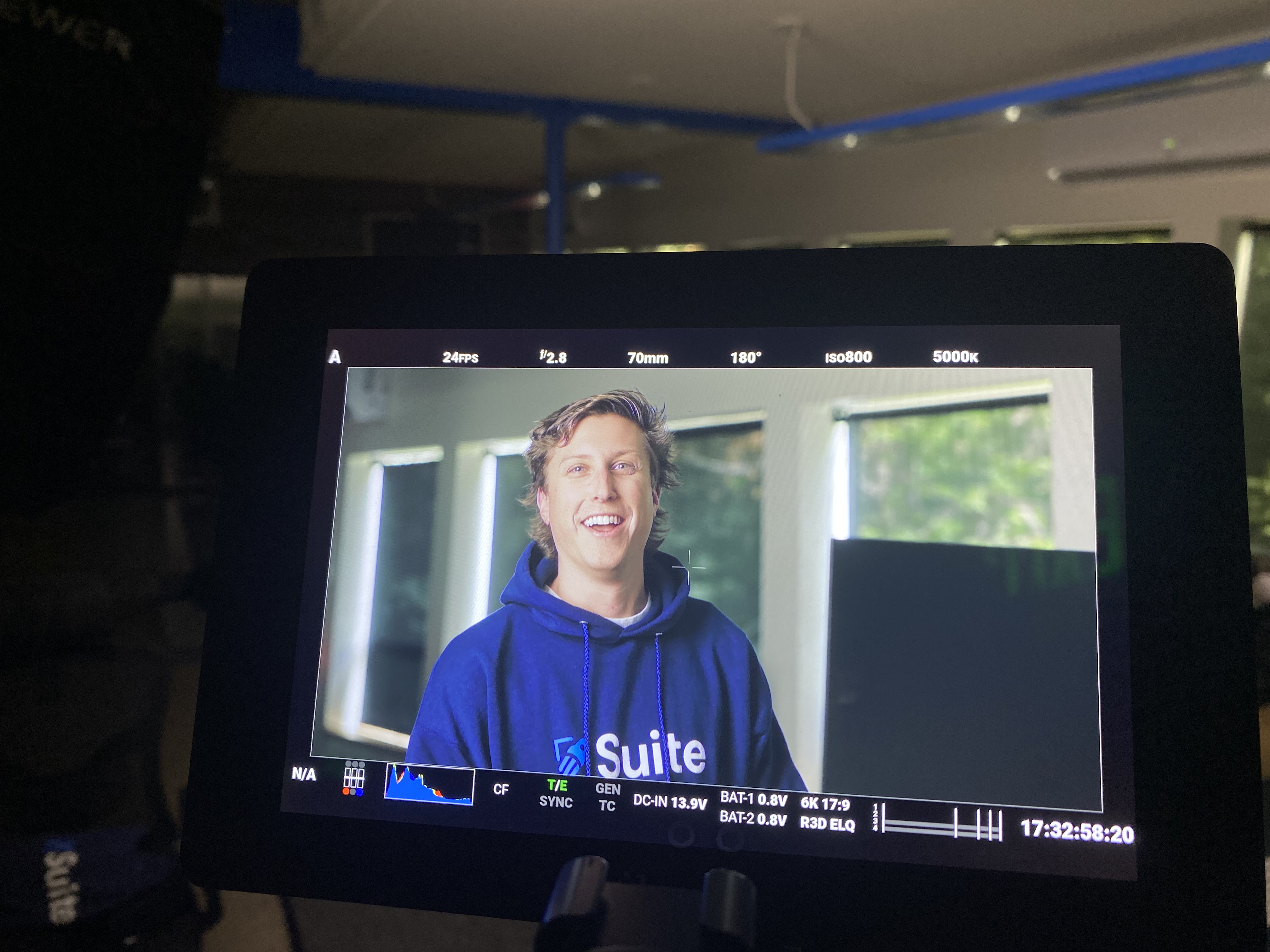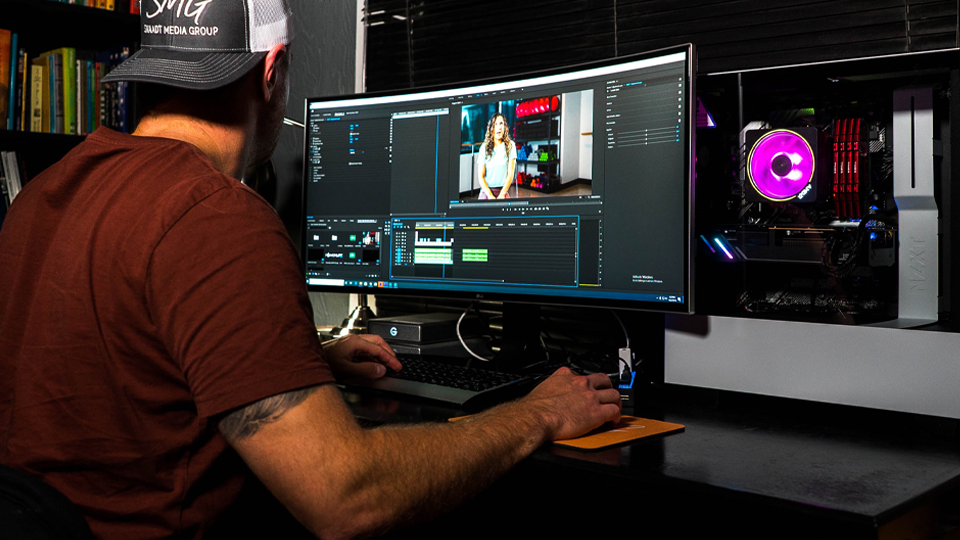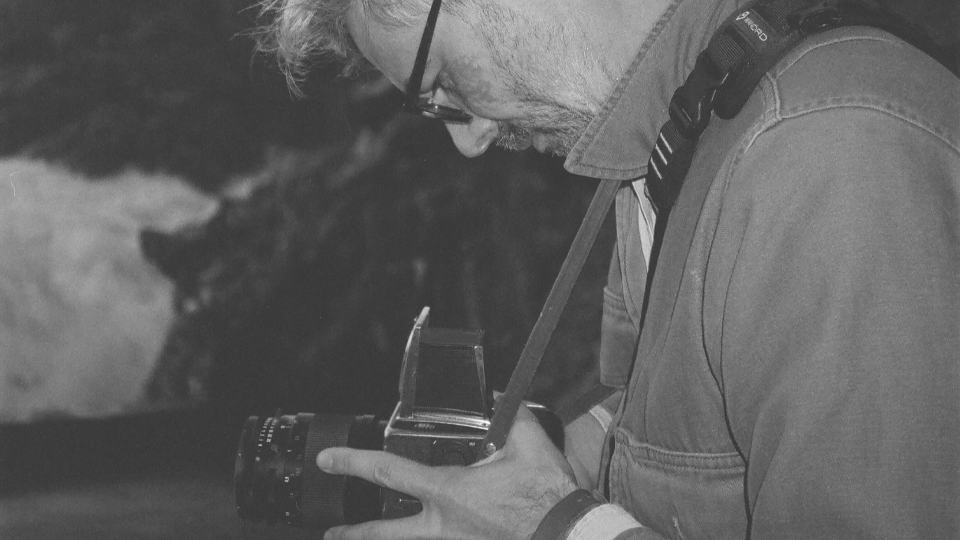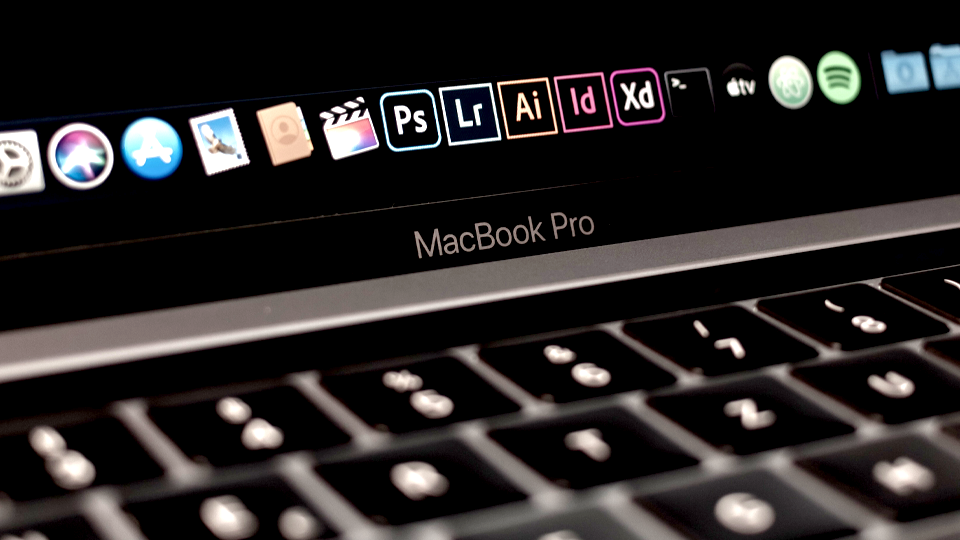Revolutionizing creative workflows: How Fact & Fiction benefits from remote collaboration on the cloud

Samuel Taggart

8 Minutes

CHALLENGE: Fact & Fiction used a fragmented approach to storing and sharing media, relying on a combination of a physical servers, external hard drives, Box, and Google Drive, which led to time-sucking inefficiencies.
CHALLENGE: Fact & Fiction’s reliance on physical drives for storing and sharing files created logistical issues for its hybrid team; mailing drives to freelancers also added cost and security risk to every project.
CHALLENGE: Find a modern way to work that would alleviate media sharing challenge and help the team’s creative leaders manage, back up, and ensure the security of their vast amounts of data.
WHY SUITE? Fact & Fiction chose Suite's cloud storage platform for its seamless integration, particularly with a self-managed S3 bucket, as well as the studio’s ability to quickly onboard freelancers for time-sensitive projects and our lightning-fast customer service. Suite's ability to mount like a hard drive also offered a familiar, intuitive workflow. In short, cloud storage helps Fact & Fiction streamline operations while reducing costs and hardware maintenance.
"The ability to have our media in one place is amazing."
— Ben Pickett, Senior Post Producer/Editor, Fact & Fiction

In today’s consumer-focused world, there are are a million brands with a million stories to tell. Fact & Fiction is one of the studios helping high-potential brands like New Belgium Brewing Company, Halo Top Ice Cream, and AAA discover their narrative, craft their image, and express it colorfully and effectively to a growing audience. While the studio maintains its headquarters in Boulder, Colorado, it employs creatives throughout the country, and it wasn’t long until the team realized it wasn’t their creative ability hindering their potential—it was the way they worked.
That’s when Ben Pickett, senior post producer & editor, stepped up with the idea to implement cloud-based workflows at Fact & Fiction. Pickett has “a foot in both worlds,” managing productions and editing them, too. He’s one of the post production team admins at Fact & Fiction, but he’s also one of their remote editors, living out-of-reach from the main office. On a daily basis, managing and editing content became a hassle—the team’s hodgepodge mix of servers, hard drives, and other web-based applications weren’t working optimally for the studio.

“Man, it was challenging,” Pickett confesses. “We had a physical server in our office… probably 500 terabytes. We also had a bunch of external drives that would get backed up to the server. It got to the point where it wasn't possible for us to work directly from our server; so we would have our working files on external drives and basically just use the server as an archive. Then that would fill up, so we'd download that media to either Box or Google Drive. You’d end up with projects in four different places, and trying to keep it all organized in a spreadsheet just got crazy.”
Beyond that, every time Fact & Fiction had to ship a hard drive to an external collaborator, the team had to expend time, energy and money to facilitate the back-and-forth. “Half the time we're not getting those drives back. We’d end up just chalking those costs up to a loss,” Pickett notes. “We also weren’t confident in [how we] backed up files—that was always a concern. Once it's on Suite, we’re no longer responsible.”

Now, from his remote editing hub at home in Tennessee, Pickett manages his media and his team with greater ease, all while saving time and budget, and adding peace of mind. Better yet—adopting Suite took little adjustment. “Since it mounts like a hard drive on your computer, it's the exact same workflow as before,” Pickett says. “We [initially] tried to build our own solution, but it was infinitely easier to partner with Suite. Now, we have a self-managed S3 bucket that we're using with Suite Storage. We have a team member who takes footage from the shoots, and dumps it directly into the S3 bucket through Suite. He doesn't have to do anything on Amazon's side—it's all through the mounted storage. As soon as it's loaded, I'm in there and able to edit.”
The ability to instantly access media straight from the set isn’t all that excites Pickett, though. “In a production, you're moving files all over the place, adding new files constantly, renaming and duplicating them. The way we were working with S3, it would break as soon as you would change the name of a file, or try to move it to another folder. The fact that once it's in Suite, we can manipulate file names and move the files wherever we want is super valuable.”

From a technical standpoint, Suite operates as a “cloud-native filesystem,” which means it treats your media (the data) differently than web-based applications like Dropbox or Google Drive. That’s how we're able to provide Pickett and his team with the ability to manipulate file names, file paths, file sharing, and permissions so easily. But convincing every creative to adopt this revolutionary technology sometimes turns out to be harder than expected.
“There are still some people set in their ways, working off of that external drive, backing it up to Box or wherever,” says Pickett. “My biggest thing is getting more people to buy into it. Ideally, my entire team would be working directly on Suite—then anybody could jump into a project to finish up the edit. To have our media in one place is amazing.”

Like many creative teams, Pickett’s has many moving parts and decision-makers involved, not to mention the loads of media that have to be transferred between key players. To those who haven’t yet opted into the cloud, Pickett presses, “Do you like buying hard drives for every new project, keeping track of them, and checking them to make sure they haven't failed? Do you want to manage a server? Do you like having to make sure that your server is being synced to Box? It's the difference between you managing the hardware and the hardware managing you.”
For Pickett and his team, Suite enables a workflow that actually works for the hybrid workflow circumstance: While he manages projects from his at-home editing suite in Tennessee, the team in the Colorado office continues to hum along; and there’s even one editor that stays in the loop while he travels between National Parks in his van. Suite’s cloud storage makes it possible for these moving parts to interact as if everyone were in the same room, keeping Fact & Fiction on-track, and Pickett focused on the creative tasks that matter most.
Click here to see Fact & Fiction's full creative portfolio.



































